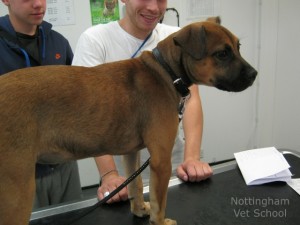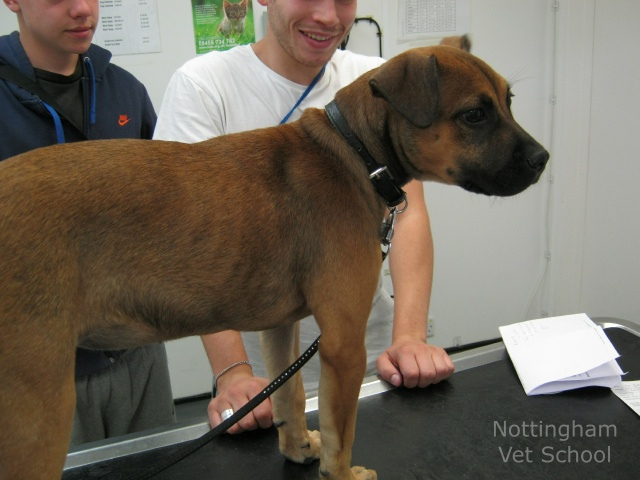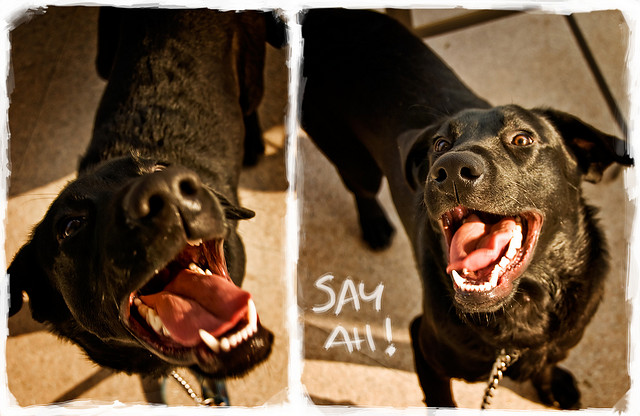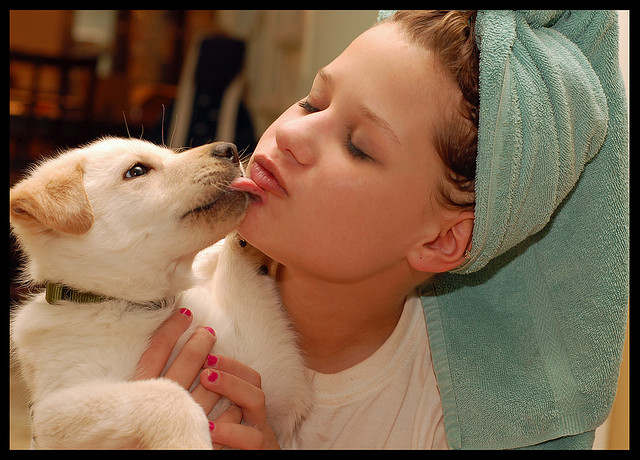Vaccines for dogs, let’s say for a rattle snake bite, work by lessoning the extent of the venom or bacteria that is attacking your dogs body. Specifically for snake bites it is better to keep away from unknown areas or high snake areas or during certain seasons, depending on the area. To be extra careful you can get a rattlesnake vaccine for your dog which will prevent serious tissue or organ damage, blood clots, infection and even pain if your precious pooch gets bit.
Here is some further information directly from a vet on this important topic:
Even with the best interests of benefiting a dog through vaccination, and even with appropriate administration of the rattlesnake immunization, the potential exists for side effects stemming from the vaccination.Although I rarely see adverse responses, despite fairly frequent administration of the rattlesnake vaccination, the most common side effect is swelling at the vaccination site occurring within 7 to 14 days post-immunization. I always inform my clients of the potential for mild to severe VAAEs before a vaccination is administered. The presence of any swelling at the site of an immunization is concerning for me as a practitioner and for the owners caring for my canine patients. After all, vaccinations have been linked with cancer in pets in the past (see AVMA article Vaccines and Sarcomas: A Concern for Cat Owners).
The recommended treatment is to place a warm compress on the site for 10 minutes every eight to twelve hours to help promote blood flow and thereby reduce inflammation. If given the opportunity, I’ll likely provide Multi Radiance Medical MR Activet laser treatment, as I use it with positive results for many of my patients for a variety of purposes (arthritis-pain management, wound care, etc.), including when Cardiff had post-chemotherapy swelling of his limb. Anti-inflammatory drugs (steroidal or non-steroidal) also may be beneficial to reduce swelling and should only be used under your veterinarian’s guidelines.
Although antihistamines can help reduce the potential for a pet to have a hypersensitivity response to a vaccination, they likely won’t help reduce the potential for swelling at the vaccination site and therefore aren’t specifically recommended in such cases. If the swelling does not resolve despite consistent warm-compressing, or if it worsens despite treatment, then further evaluation via cytology (attained via fine needle aspirate) or biopsy is merited. Fortunately, so far, all such swellings my patients have experienced reduced over a period of one to two weeks with the aid of warm compressing. With such responses in my canine patients, I recommend my clients start warm compressing the site every 12 hours and keep me informed as to the dog’s response.
Have you ever had a experiences like this with your own dog and how did it turn out?
Image Source: School of Veterinary Medicine and Science University of Nottingham, UK on Flickr





Leave a Reply